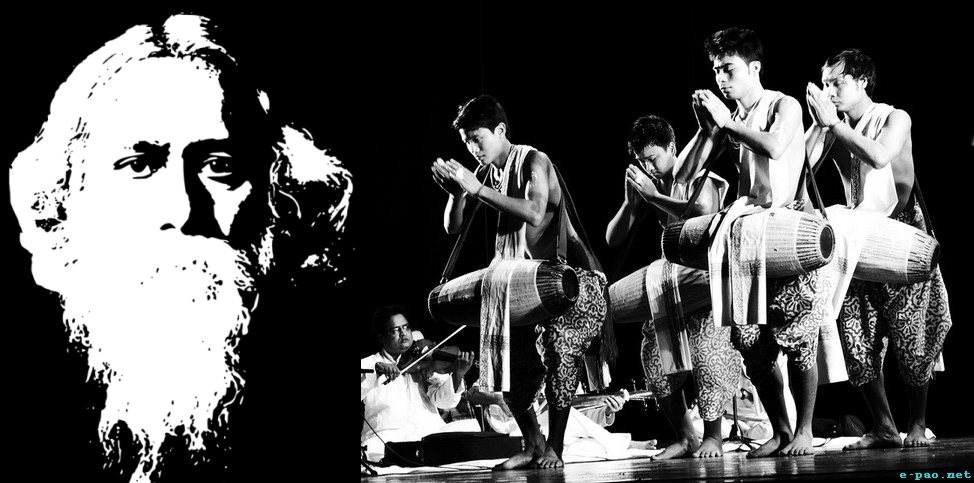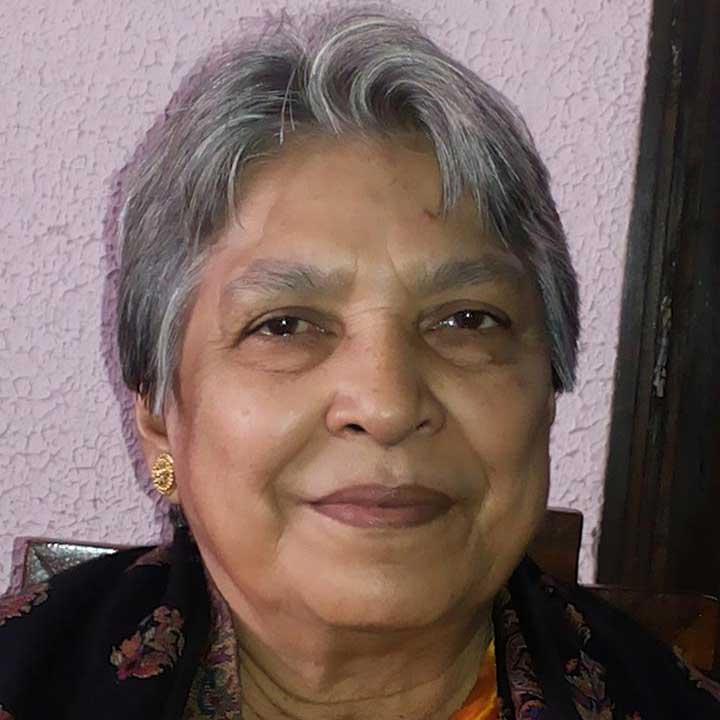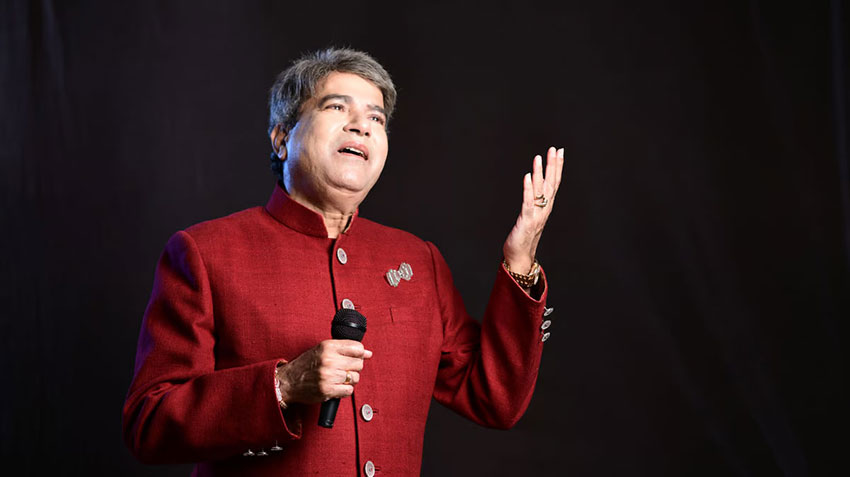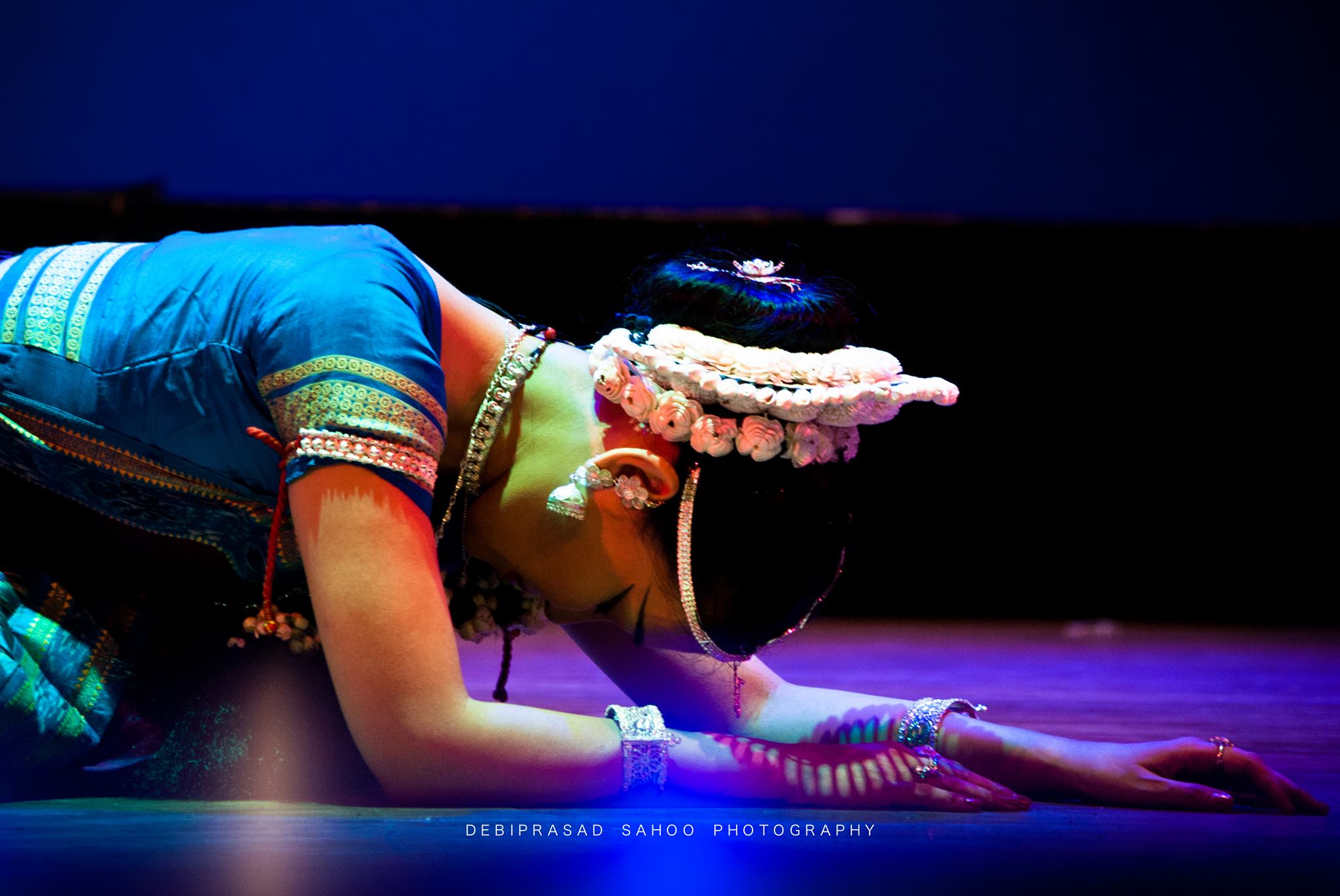Manipuri Dance reached the shores of Bengal through the aesthetic sensibilities of Guru Rabindranath Tagore. His close connection with the royal family of Tripura was instrumental in bringing Manipuri dance to Santiniketan. He requested Maharaja Bir Chandra Manikya of Tripura for a Manipuri dance teacher for his school, who sent Budhimanta Singha from Tripura to teach the students of Santiniketan.
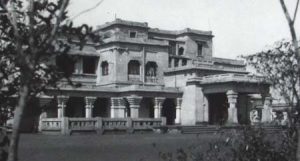
Preus museum
Introducing dance classes to his students at Santiniketan was a move that was ahead of the times because learning dance was a taboo and frowned at during the times. Rabindranath Tagore created a dance professor’s post, which prevails till this date. Dr. Sumit Basu a disciple of Akademi Awardee Debjani Chaliha and Guru Nadia Singh, both of whom are disciples of Guru Maisnam Amubi Singh, feels proud that he is in the post created by the poet himself.
 Visva Bharati (Tagore’s Institution at Santiniketan) is now a Central University and an Institution of National Importance. Manipuri teachers here are required to teach both theory and practicals in Manipuri Dance. Here in Visva Bharati, there is a deviation from the guru-shishya parampara as it had existed before during the time that Debjani Chaliha learnt the form staying in the abode of her guru. The university system has a different equation. An aspirant either stays as a boarder in the university or as a day scholar. They also learn different forms of dance that are offered in the university.
Visva Bharati (Tagore’s Institution at Santiniketan) is now a Central University and an Institution of National Importance. Manipuri teachers here are required to teach both theory and practicals in Manipuri Dance. Here in Visva Bharati, there is a deviation from the guru-shishya parampara as it had existed before during the time that Debjani Chaliha learnt the form staying in the abode of her guru. The university system has a different equation. An aspirant either stays as a boarder in the university or as a day scholar. They also learn different forms of dance that are offered in the university.
Students at Visva Bharati go through a semester system in keeping with the norms of a modern education system. The students, after the basics, learn Lai Haroaba, Mandira Nartan, Bhangi Pareng, Achouba Bhangi. They learn Ghoshta Bhangi and Khudumba Bhangi besides. Then they master the different raas dances like Nitya Raas, Diba Raas, Vasanta Raas, Kunja Raas and Maharaas. In addition, students have to learn Pung Cholom, Kartal Cholom, bols and taals and different terminologies of Manipuri Dance.
Before graduating with three-year B.Muse degree, students undergo a comprehensive learning of all the aspects of Manipuri Dance over a period of time. They also have facilities to do M.Phil and PhD under their mentors depending on their calibre and talent.
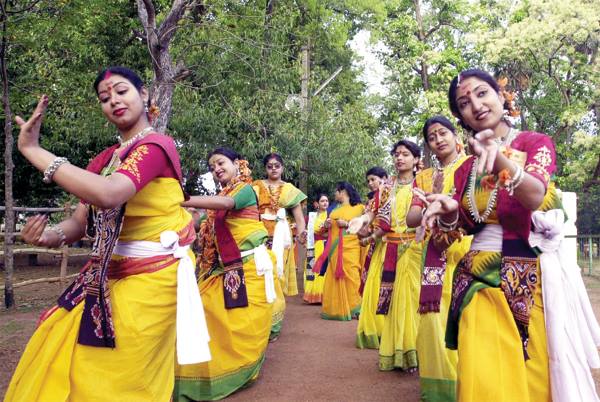
There are many research scholars in Manipuri at Visva Bharati, who have been trained by gurus at Imphal like Guru Atomba Singh, Guru Amubi Singh, Y. Hemant Kumar and K. Sunita Devi pursuing scholarly activities. Dr. Sruti Bandopadhyay has been trained by Guru Bipin Singh of Guru Amudan Sharma style.
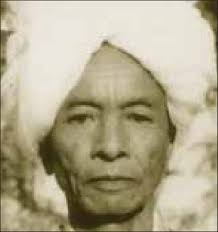
Dance in Manipur is an integral part of temple culture and the need to see it performed in the proscenium stage influenced guru Maisnam Amubi Singh to work in that direction. Even the great Uday Shankar was influenced by him. At his behest, the Guru composed the solo number “Neela Kamala dala Ghanshyam” for Amala Shankar.
It was again Amubi Singh who had the singular honour of bringing the condensed Raaslila, which is a whole-night performance in Manipur, to the then Calcutta –the capital city of British India and present it to the Prince of Wales in 1921. Raaslila is a whole-night performance in Manipur.
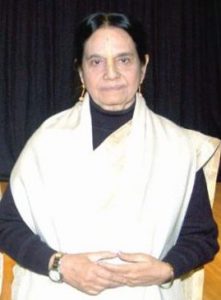
According to his illustrious student Guru Debjani Chaliha, “Guru Amubi Singh was an artist and a creator of Artists. As a dance teacher, he was exceptionally unique and extraordinary.”
It is indeed difficult to evaluate the contribution of Guru Amubi Singh who was the first supervisor of Manipuri dance college, which in its reincarnated form is called The Jawaharlal Manipuri Dance Academy. He is a great guru who has played his part successfully in of transmitting his knowledge of Manipuri dance and music along with his creative qualities to the next generation. He was innovative to the extent that his innovation adhered to the purity of the Manipuri genre Dr. Kapila Vatsyayan and Guru Singhajit Singh are his two exceptional disciples who are scholars/ teachers and performers of no mean repute who are almost always invited to give talks and hold seminars on the aesthetics of Manipuri dance.
Debjani Chaliha’s single aim is to preserve, perpetuate and propagate the art of an undiluted form of Manipuri Dance. To pay homage to her guru Amubi Singh, she has written a book on him.
The story of Manipuri Dance would be incomplete without writing about the contribution made by Guru Bipin Singh a disciple of Guru Amudan Sharma with support received from the then king of Manipur. Born in a Bishnupriya Manipuri family he breathed Manipuri dance and music, incorporating in it the subtle nuances of the form without compromising on its style. It was his singular aim to make it as spectacular as the other classical dance forms presented on stage and create brilliant solo, duet and group pieces without giving up its unique style. His scholastic abilities helped him to codify various aspects of the form and create complicated taala system. Along with his illustrious disciples the Jhaveri sisters, he blossomed to unparalleled heights and opened his school Manipuri Nartanalaya in Imphal, Calcutta and Mumbai. This year his admirers, disciples and connoisseurs of dance celebrated his birth centenary with great pomp and show.



